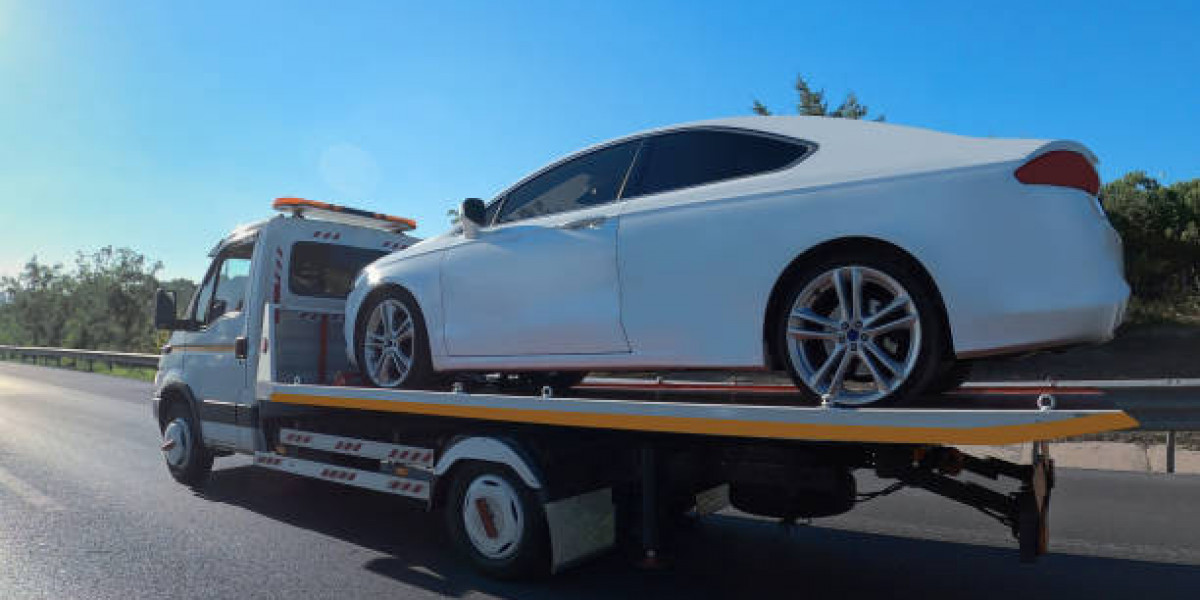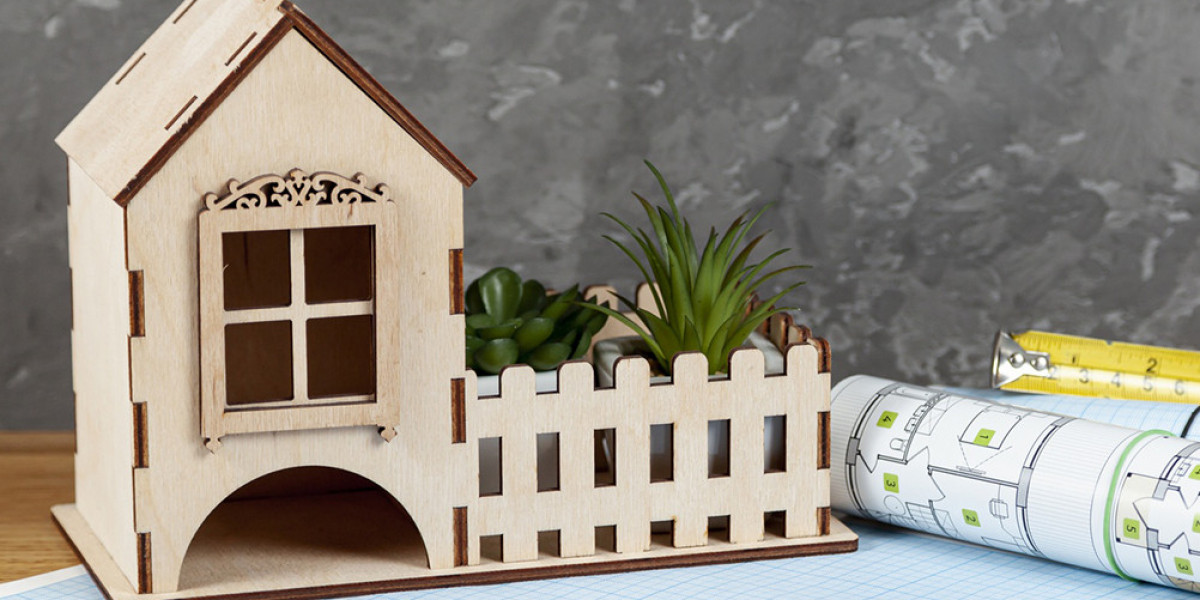Towing a trailer is a common task for homeowners, outdoor enthusiasts, and professionals who need extra hauling capacity. Whether you’re transporting garden equipment, camping gear, or light construction materials, understanding how to properly hitch a trailer is essential for safety on the road.
But what if the trailer you’re towing is unbraked—meaning it doesn’t have its own independent braking system? Extra precautions must be taken to ensure stability, legal compliance, and safety for both you and other road users.
This complete guide will walk you through what to do when hitching an unbraked trailer to a towing vehicle, important safety checks, legal requirements, and best practices.
What Is an Unbraked Trailer?
An unbraked trailer is a trailer that relies entirely on the towing vehicle’s brakes to stop. Unlike braked trailers, which have their own braking system that activates when the towing vehicle slows down, unbraked trailers are lighter and designed for smaller loads.
In many countries, unbraked trailers are legally restricted to a maximum weight of 750 kg (1,650 lbs), though exact limits may vary by region. Exceeding these limits can result in fines, legal penalties, or serious safety hazards.
Step-by-Step: How to Hitch an Unbraked Trailer
1. Check the Towing Capacity of Your Vehicle
Before anything else, confirm that your vehicle is rated to tow the trailer’s weight. Check the owner’s manual for:
Maximum towing capacity (braked & unbraked)
Maximum nose weight (downward force on the tow ball)
Overloading your vehicle puts excessive strain on its engine, transmission, and—most importantly—braking system.
2. Inspect the Tow Ball and Coupling
Ensure the tow ball is clean, rust-free, and securely fitted.
Check that the trailer’s coupling head moves freely and locks properly onto the tow ball.
Apply a small amount of grease (unless it’s a friction-type stabilizer coupling).
3. Attach the Safety Chain
The safety chain (or breakaway cable in some regions) is your backup in case the coupling fails. Always:
Cross the chains under the trailer tongue (to form a cradle if the hitch disconnects).
Clip securely to the towing vehicle’s hitch point.
4. Connect the Electrical Plug
Even though the trailer is unbraked, it must still have functioning:
Brake lights
Tail lights
Indicators (turn signals)
Number plate light
Check the trailer plug is connected to the towing vehicle’s socket and test the lights before setting off.
5. Check the Load Distribution
Improper load placement is the leading cause of trailer sway. Follow these rules:
Place 60% of the weight forward of the axle.
Secure the load so nothing shifts while driving.
Maintain correct nose weight (usually 5–10% of the trailer’s total weight).
6. Final Walk-Around Inspection
Before departure, double-check:
Coupling is locked and secure
Safety chain is correctly attached
Lights are working
Tyres are inflated to the correct pressure
Load is secured and evenly distributed
Legal Requirements for Towing Unbraked Trailers
Rules vary by country, but most regions enforce:
Maximum trailer weight: Often 750 kg or 50% of the vehicle’s kerb weight (whichever is lower).
Driver’s license restrictions: Some licenses limit the maximum trailer weight.
Speed limits: Towing often reduces speed limits (e.g., 55–60 mph on highways).
Roadworthiness: Lights, reflectors, and tyres must be in good condition.
Always check your local Department of Transportation (or equivalent authority) regulations before towing.
Driving Tips When Towing an Unbraked Trailer
Allow extra stopping distance: Since the trailer has no brakes, your car must work harder to stop.
Avoid sudden maneuvers: Sharp turns or braking can cause trailer sway.
Use lower gears downhill: Reduces stress on brakes and improves control.
Check mirrors frequently: Make sure the trailer is tracking correctly.
Stop regularly: Inspect the hitch, load, and tyres every 50–70 miles.
Essential Equipment for Safe Towing
Tow ball & secure hitch
Safety chain or breakaway cable
Proper trailer plug and wiring
Trailer board (if carrying large loads that block lights)
Tie-down straps for securing loads
Wheel chocks (for parking)
Conclusion
Hitching an unbraked trailer to your vehicle is straightforward, but it comes with greater responsibility. Since the trailer relies completely on your vehicle’s braking power, it’s vital to keep loads within legal weight limits, check your towing setup carefully, and adjust your driving style for safety.
By following the right steps—checking the tow ball, attaching safety chains, connecting lights, balancing the load, and observing towing laws—you’ll ensure smooth and safe towing every time.
FAQs
1. What is the maximum weight I can tow with an unbraked trailer?
In most regions, the legal maximum is 750 kg (1,650 lbs), but check your vehicle handbook and local laws for exact limits.
2. Do I need trailer insurance for an unbraked trailer?
In many areas, trailers are automatically covered under the towing vehicle’s insurance, but it’s best to confirm with your provider.
3. How do I know if my trailer is unbraked?
Unbraked trailers usually have a simpler coupling without a braking mechanism or overrun brake system.
4. What speed can I drive while towing a trailer?
Many countries set towing speed limits lower than normal. For example, in the UK it’s 60 mph on motorways, while in the U.S. it varies by state.
5. What should I do if my trailer starts to sway?
Stay calm, gently ease off the accelerator, and avoid sudden braking or steering. Once stable, pull over and check your load distribution.








